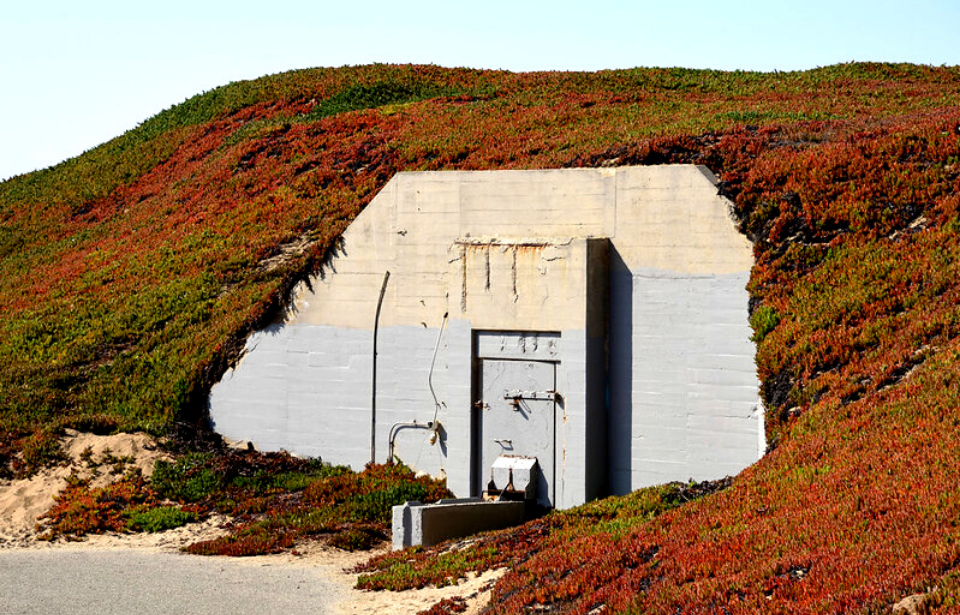There are numerous abandoned military bases across the United States, but none are in as prime a location as Fort Ord. Situated along Monterey Bay, on the coast of California, the former US Army base has since seen renewed use, with a portion of its buildings still in a state of abandonment.
An artillery training field established during World War I
Upon the US entering World War I, the Department of War purchased a tract of land along Monterey Bay for use as a US Army artillery training field. At the time, it was known as the Gigling Reservation, US Field Artillery Area, Presidio of Monterey and Gigling Field Artillery Range.
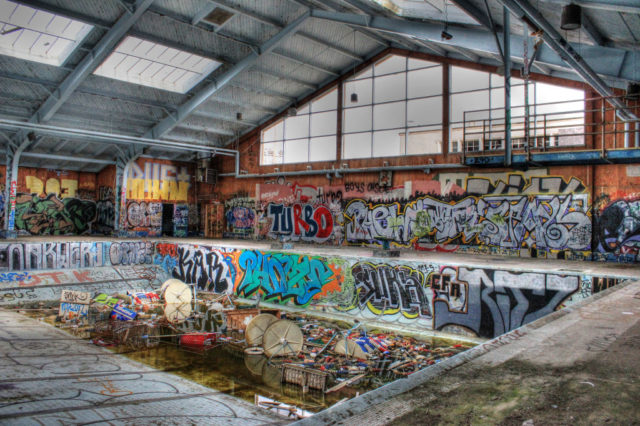
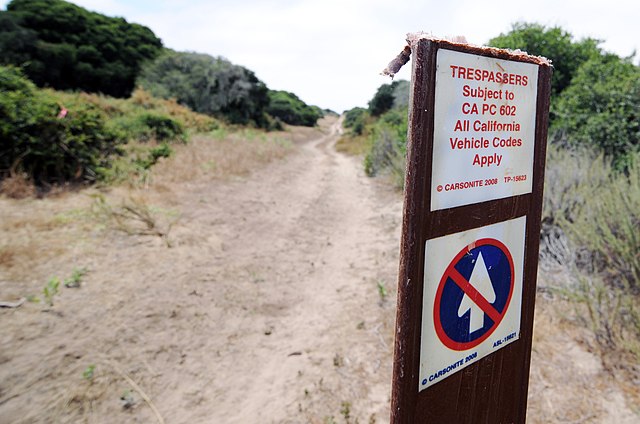
During the interwar years, the training area became known as Camp Ord, in honor of Union Army Maj. Gen. Edward Otho Cresap Ord. It was primarily used by horse cavalry units, but after the military became more mechanized began to see combat units train with movable artillery, tanks and armored personnel carriers.
By 1940, Camp Ord had grown to cover an expanse of 2,000 acres.
Construction expands Fort Ord
One of the primary reasons Monterey Bay was chosen as an ideal location for a military base was its proximity to the coast and California‘s weather. As its population grew, sub camps were built around the main fort, forming Camp Clayton. The South Dakota National Guard 147th Artillery was the first unit to train at the camp.
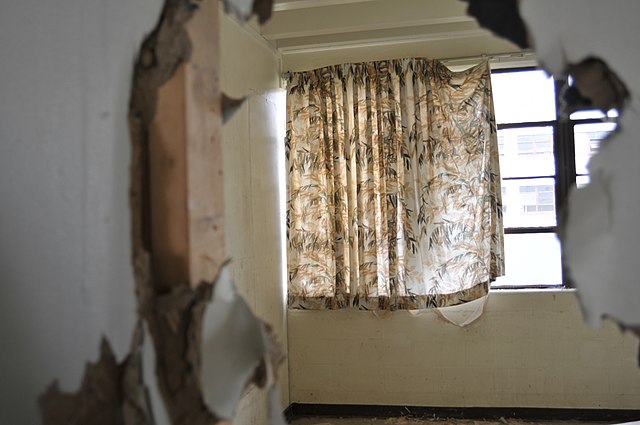
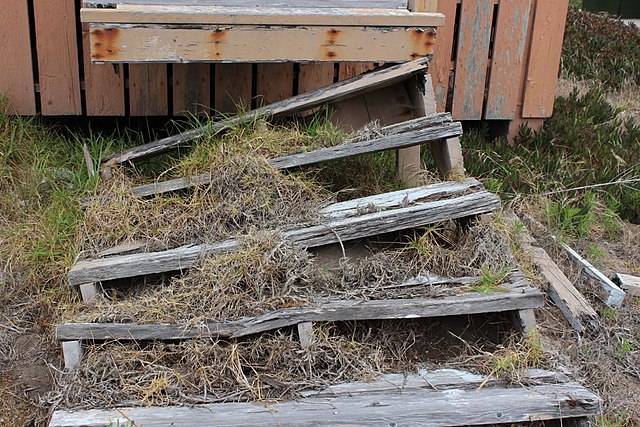
Between 1952-54, the Del E. Webb Construction Company was hired by the military to construct 42 buildings to make Fort Ord a permanent Army base. The first to be completed were troop dormitories, followed by a guardhouse, stockade, quartermaster warehouses, an administrative headquarters building and an improved water storage system.
Fort Ord during the Korean War and Vietnam
In the early 1940s, the base was re-designated Fort Ord. The 7th Infantry Division was then reactivated, becoming the first major unit to occupy the base. A few years later, in 1947, it became home to the 4th Replacement Training Center.
During the 1950s-60s, Fort Ord was used as a staging area for those units set to fight in the Korean War. Once fighting in Korea diminished, it was later used in much the same way for peacetime and occupation missions in South Korea, the Philippines, Japan and Thailand. It was also used by units during the Vietnam War.
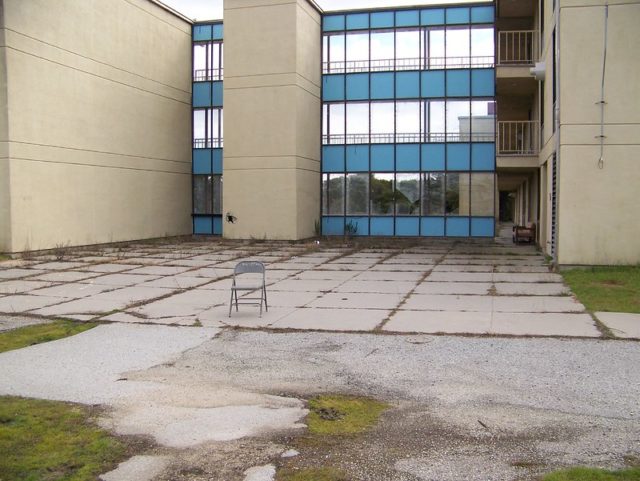
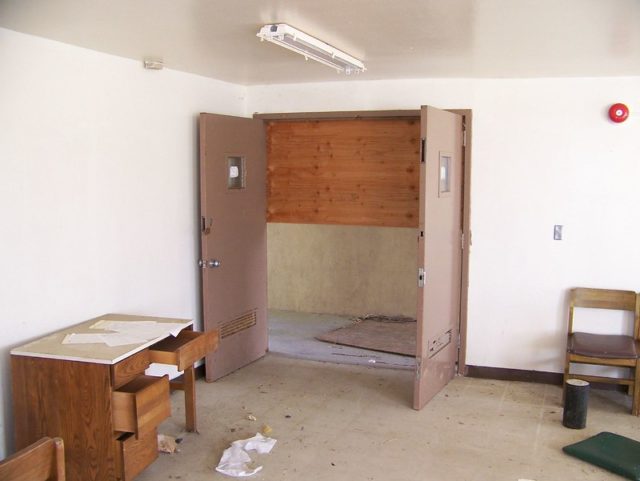
In 1957, the 194th Armored Brigade was activated at the base under Combat Development Command, after which it transferred to Fort Knox, Kentucky. After this, it served as a center of instruction for basic and advanced infantrymen, until the 7th Infantry Division returned from South Korea in 1976.
Environmental concerns and closure
In July 1989, the US Environmental Protection Agency proposed that Fort Ord be placed on the National Priorities List (NPL) after it was found to contain a 150-acre landfill and leaking underground petroleum storage tanks. The government agreed with the assessment and the base’s NPL status was finalized in February 1990.
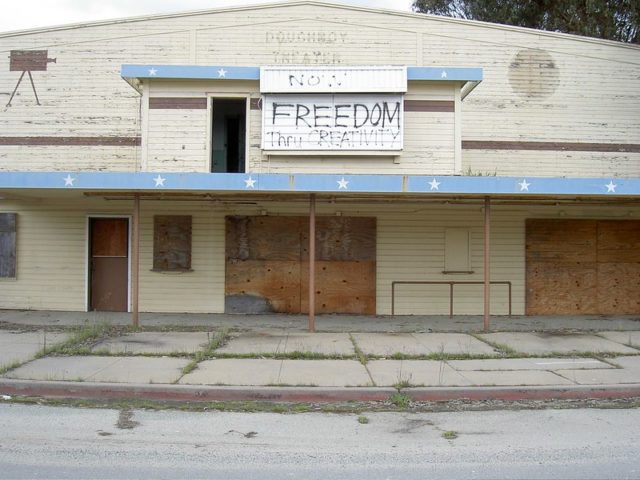
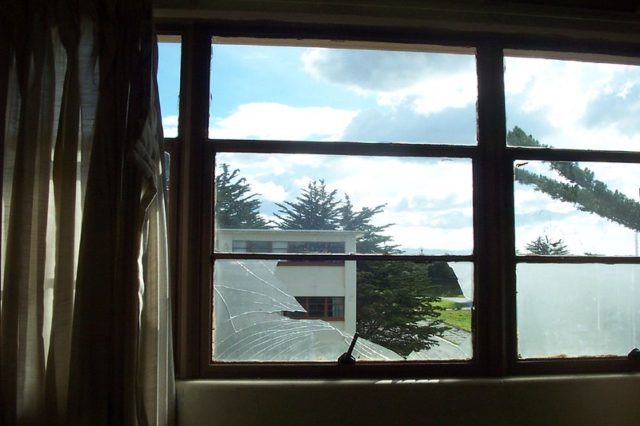
As a result of the environmental concerns, the Base Realignment and Closure (BRAC) Commission of 1991 recommended Fort Ord be closed and its units transferred to Fort Lewis, Washington. While the decision was being finalized, units from the base and Marines from Marine Corps Base Camp Pendleton were called to help quell the 1992 Los Angeles Riots.
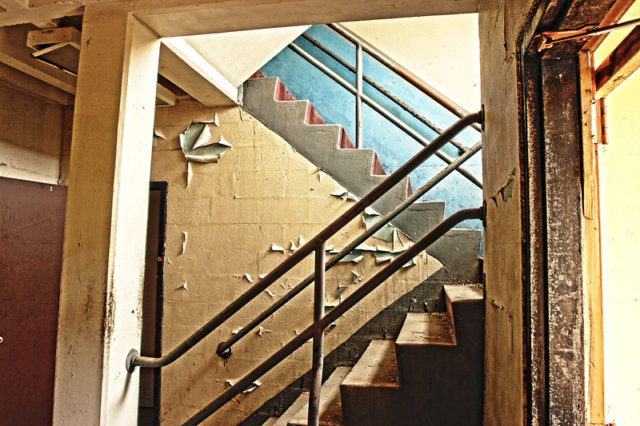
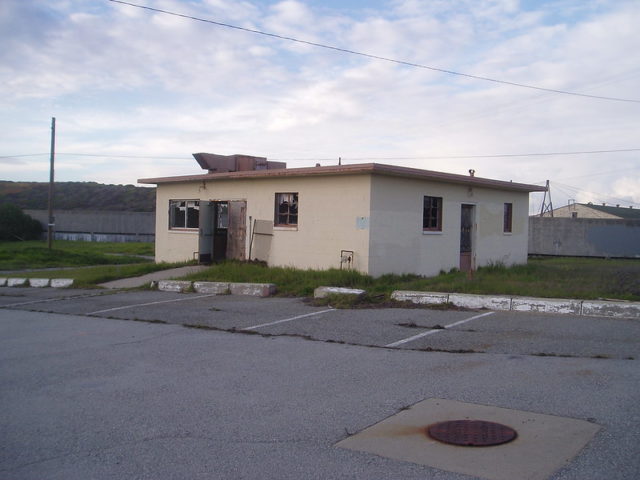
Fort Ord officially closed in 1994. At its peak, it housed up to 50,000 US Army troops. Upon its closure, the majority of its land was returned to the State of California, while the rest was given to the University of California, Santa Cruz.
The decision was made to convert the former military base for civilian use, with an extensive cleanup underway by the Army through two separate programs: the Soil and Groundwater Contamination Cleanup Program and the Munitions and Explosives of Concern (MEC) Program.
Use of Fort Ord today
At present, 14,651 acres of Fort Ord’s land make up the Fort Ord National Monument, the result of a proclamation signed by President Barack Obama in April 2012. This area is managed by the Bureau of Land Management.
Other changes of note include the construction of subdivisions; California State University, Monterey Bay (CSUMB); a tandem skydiving drop zone; a strip mall; Fort Ord Dunes State Park; and the Veterans Transition Center. The base’s golf courses are open to the public and have since hosted PGA golf events.
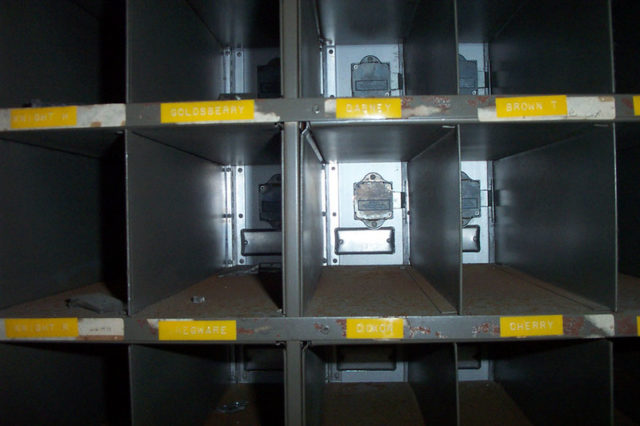
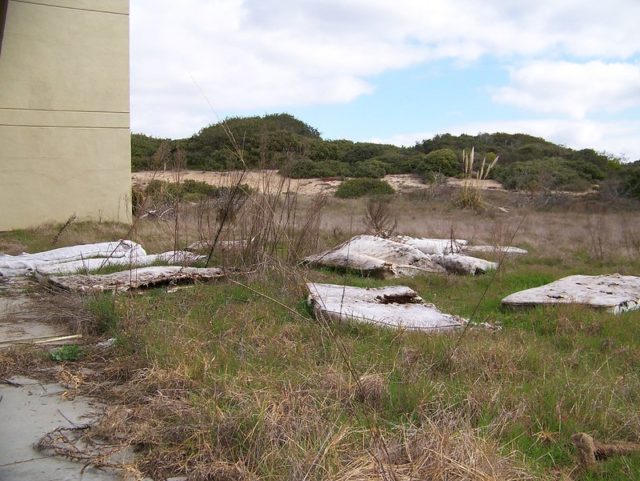
A small portion of the land has been designated “Ord Military Community” and is still under Army control. Those present in the community include units with the California Army National Guard, and within it are facilities administered by the Presidio of Monterey, the Army and Air Force Exchange Service PX, the Defense Manpower Data Center and a commissary.
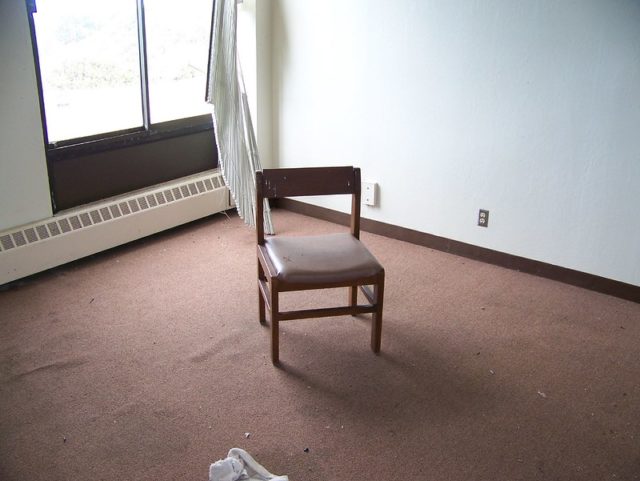
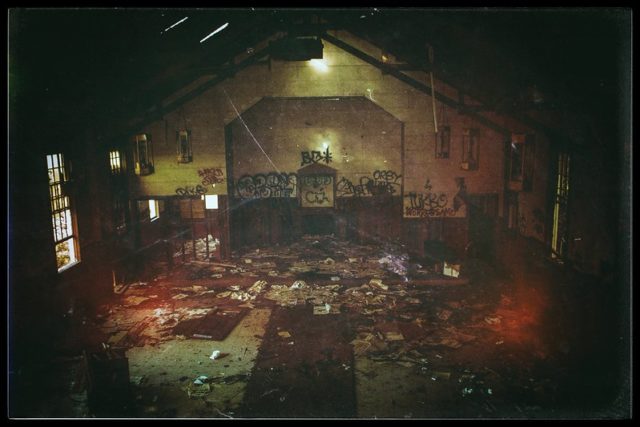
More from us: Fort Armistead: The Military Base That’s Now a Graffiti-Covered Park
While some of the buildings that made up Fort Ord have been demolished, some remain, albeit abandoned and in various states of decline. Lead paint is peeling from their walls and weeds are popping up through the floorboards. There are also concerns that some of the structures contain asbestos.
The nearby city of Marina is looking to develop a large swath of land within its limits, with 1,000 new homes planned for construction.
